OIST promotes science to young Okinawan schoolgirls
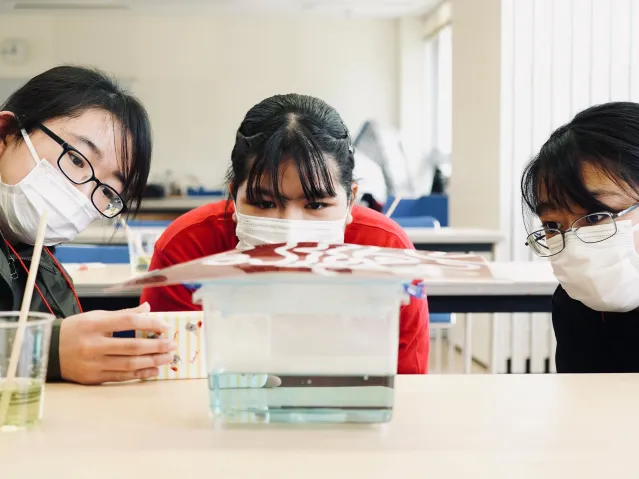
The latest OIST column in the Asahi Shimbun GLOBE+ is out now! This month, OIST hosted the HiSci lab – an annual outreach event where junior high and high school girls meet successful female scientists and carry out science activities and workshops. Science writer, Dani Ellenby, joined the event and interviewed the event organizer, Meria Miller, to find out why outreach is so important. The article is in Japanese, but the original English version can be read below.
OIST promotes science to young Okinawan schoolgirls
Japan is a country that prides itself on its cutting-edge technological advancements, harboring many world-class research institutions and universities. But in one area, Japan trails behind its western counterparts: it has yet to remove many of the barriers that block women from entering and remaining in science.
While unequal representation of women in the fields of Science, Technology, Engineering and Mathematics (STEM) is a global issue, the statistics in Japan are particularly shocking. In a recent survey, published in 2020, only 16.6% of STEM professionals were female; the lowest level within OECD member countries.
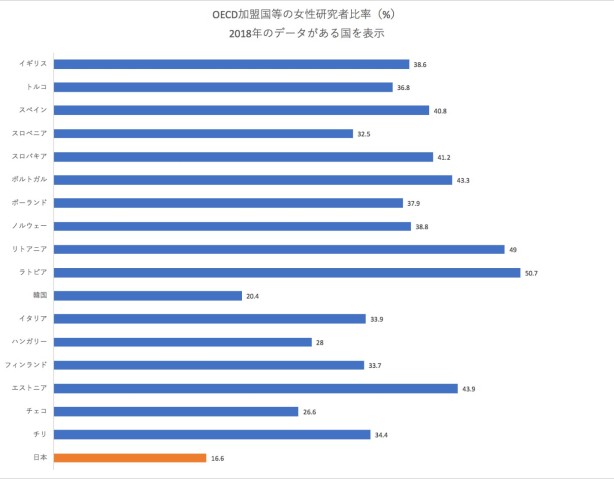
The reasons for this gender gap are myriad: ranging from issues promoting certain STEM subjects to girls at a young age, to a workplace culture that devalues women’s achievements and fails to provide support for those raising families.
At the Okinawa Institute of Science and Technology Graduate University (OIST), staff, researchers and students are starting to tackle these issues and encourage more young women to engage in STEM subjects.
One staff member, Meria Miller, who manages the Science Education Outreach team at OIST, has a goal of shifting these statistics and making STEM accessible to all.
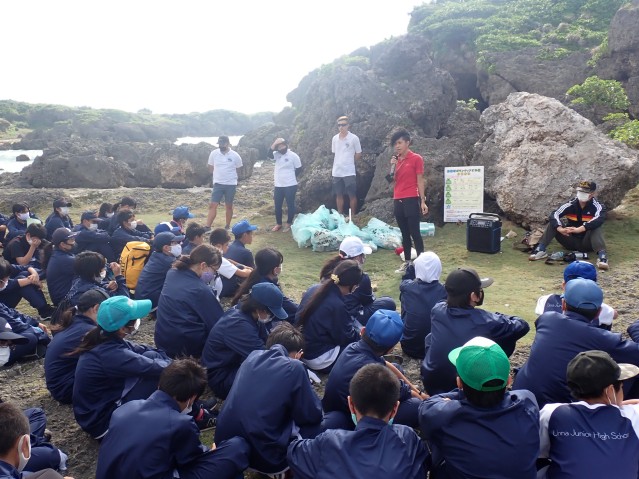
“Science outreach is vital, especially at a young age,” Meria told me. “If children don’t have a lot of experience with science, then it can really limit their options in the future. By promoting STEM, OIST wants to give them the opportunity to choose.”
Born and raised in Okinawa, Meria first fell into science as a happy accident (“originally I had wanted to become a vet,” she recalled). But once began her bachelor’s in marine biology at the University of Ryukyus, she was hooked.
“The ocean around Okinawa is so beautiful and diverse and it was amazing to learn about it,” she said.
Meria decided to specialize in oceanography, focusing on the ecology of coral reefs and intertidal zones – the area between the ocean and land that moves with the tide.
After finishing her studies, moving into science outreach was a no-brainer. “As a university student, I took part in programs with parents and their children and they were so appreciative. Okinawans don’t have a lot of education about the ocean, and I realized this was a really good opportunity to help them learn. So this is what I decided to focus on.”
Meria first started out at an eco-educational tourism company in Okinawa, but her career as a science educator soon took her to the other side of the world, where she volunteered and worked at the Horniman Museum in London, UK, which housed an aquarium.
Once back in Okinawa, her work included creating marine programs for the general public for the Churashima Foundation and running nature and cultural activities for school excursions.
Now at OIST, Meria runs a small but passionate team that aims to promote STEM to the local community.
This month, on March 13th – the Saturday after International Women’s Day – I joined Meria and a group of staff and volunteers at the HiSci lab. This annual outreach event introduces junior high and high school girls to successful female scientists and gives them the opportunity to carry out science activities and workshops.
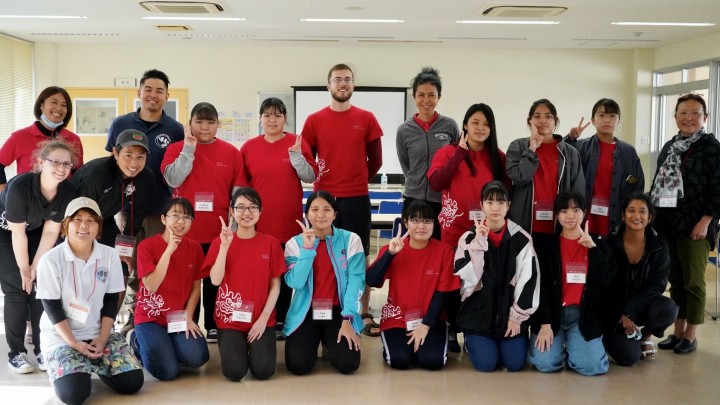
HiSci lab specifically focuses on Okinawan schoolgirls, targeting a demographic where gender inequality also intersects with poverty.
“Compared to the other prefectures, Okinawa is poor and the level of education is not so high,” said Meria. “Now that OIST exists, it’s vital to help educate younger children in the local Okinawan community to provide them with more choices in life.”
This year, due to the COVID-19 pandemic, the event was kept small, with 15 girls taking part. Five of the girls came from remote islands in Okinawa, including Ishikagi, Miyako and Kume island.
In the morning, the girls got the opportunity to talk to three female Okinawan neuroscientists, Yumiko Akamine, Yumiko Masukagami and Ai Takahashi, who work as technicians at OIST.
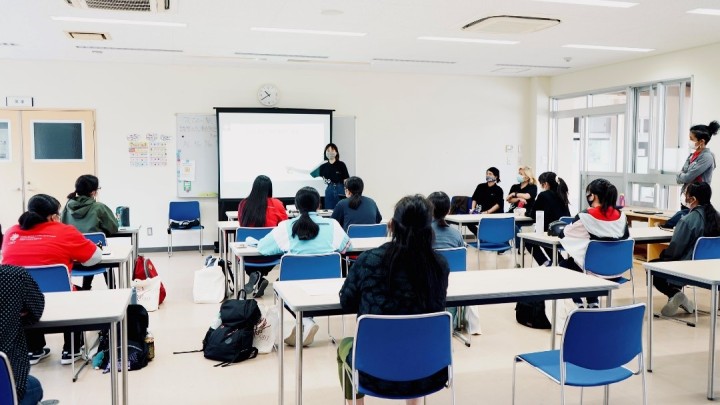
“I loved being able to ask questions to researchers and hear about the current research at OIST,” said one of the girls. “I would not normally have this kind of opportunity to hear from scientists directly. I am now considering a possible career in STEM and am thinking seriously of going to graduate school and getting a research position in the future.”
In the afternoon, I joined the girls on a science activity, run by OIST marine science PhD student, Otis Brunner, where we explored and surveyed the intertidal zone at the local beach.
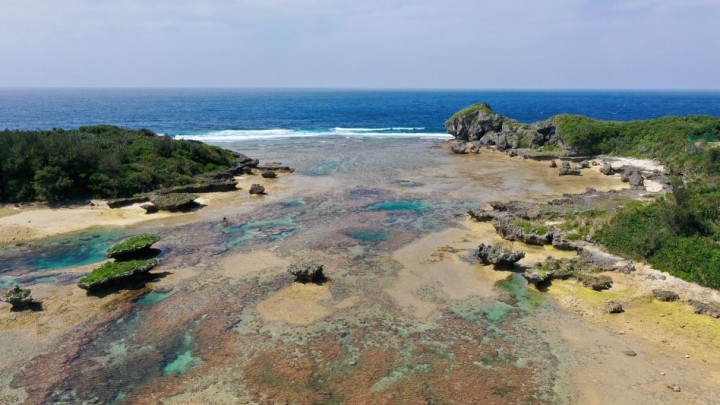
“Despite living in Okinawa, many of them had never been to the beach before or had encountered the marine organisms we saw today,” said Meria. “It was great to see them so engaged with the activity and we hope that these projects will also promote an interest in coral conservation.”

In the future, Meria hopes to expand the size and duration of the event, to reach more girls and allow them to experience other areas of science, including chemistry and physics.
“Ultimately, we hope our work now will be repaid in the future,” said Meria. “OIST doesn’t have undergraduate courses, but if we open up their curiosity for science and give them a good image of science at OIST, then one day, they may apply here for a PhD or a job.”















